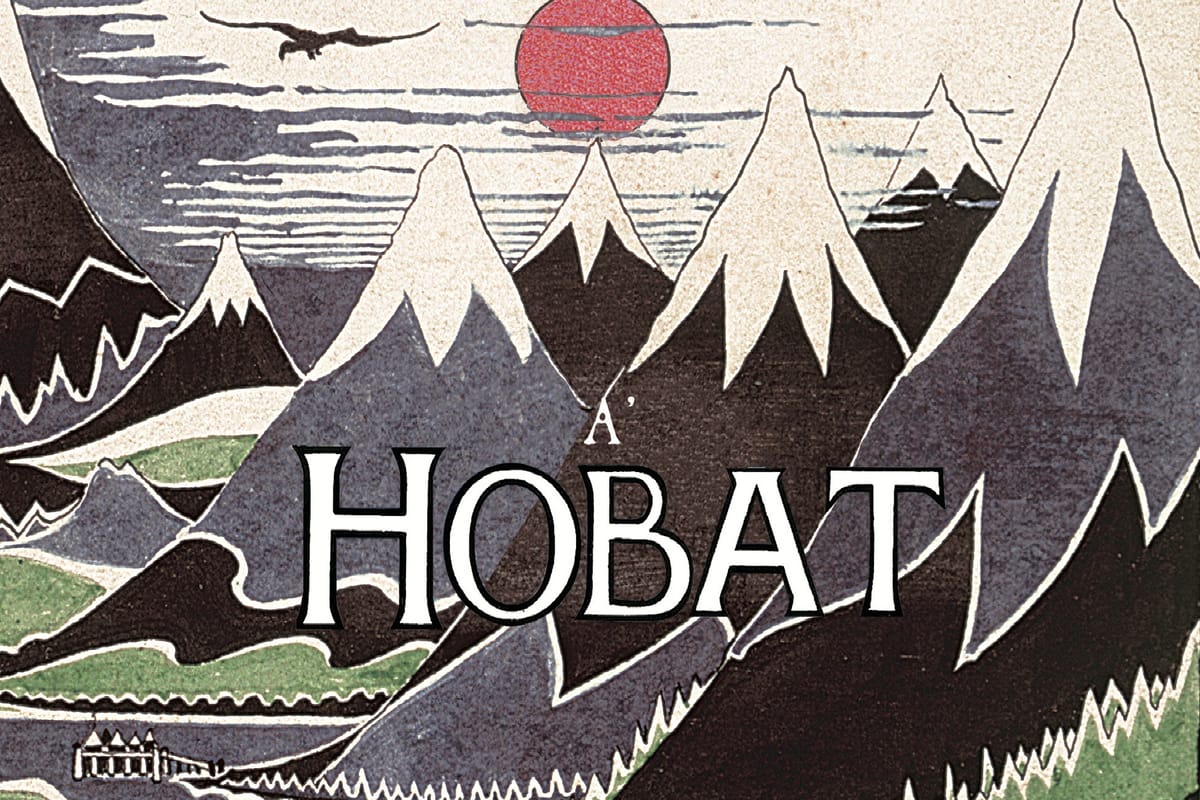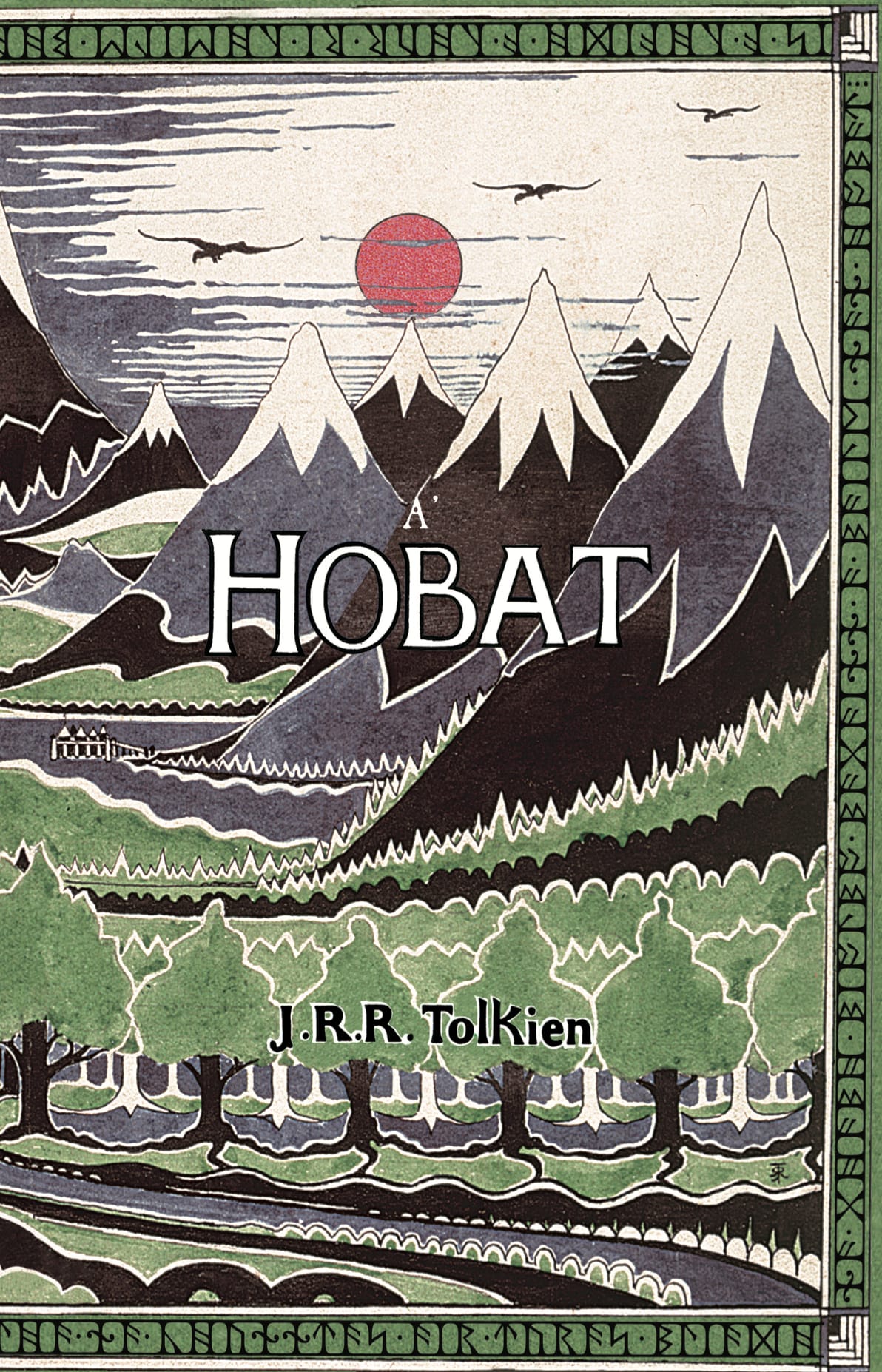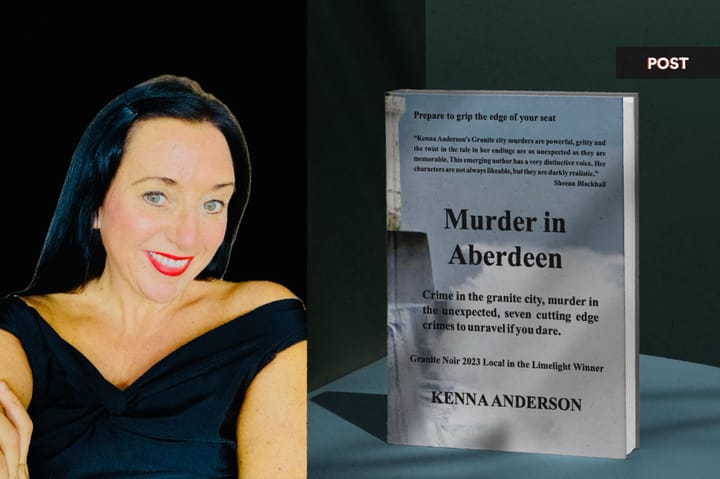Middle Earth Reimagined in Gaelic Voice
The Hobbit finds new voice as language, literature and imagination come together.

Bilbo Baggins has finally made his Gaelic debut in A’ Hobat, a new translation of The Hobbit by Professor Moray Watson of the University of Aberdeen. It is the first time J.R.R. Tolkien’s classic has been published in Scottish Gaelic, opening up the beloved story to a new generation of readers.
The project began before the pandemic but was delayed due to lockdowns and Watson’s teaching commitments. What followed was a longer-than-expected journey through editing, linguistic puzzles, and deep research into Tolkien’s language and world.
Would you like to see your advert here? Let's talk.
Doric Studio. Clothing and apparel inspired by life in the North East of Scotland. We work with local artists to bring our imagination to life working out of our studio in Aberdeen.
Finding the Right Words for Middle-earth
The finished book stays close to the original, complete with Tolkien’s illustrations, and includes an afterword explaining why Watson settled on the word hobat and the use of a’ instead of the more expected an. These small details reflect the care and precision behind the translation process.
“Enjoyment of reading is of tremendous importance on many levels when it comes to the esteem and status of a language,” says Watson. “Every single time I read it, in every single language, I get to experience the deep, rich joy of discovering Tolkien’s world.”
Watson has read The Hobbit in at least nine languages. For him, returning to the same story is a way to connect with new languages while grounding the experience in something familiar.

Part of a Bigger Mission
A’ Hobat now joins a growing list of Hobbit translations worldwide, including Hawaiian, Yiddish, Breton and Esperanto. Its publication is part of a broader effort to expand Gaelic literature through translation. Watson directs the National Centre for Gaelic Translation, which supports new work in Gaelic, Irish and Manx.
In addition to The Hobbit, he is also translating H.G. Wells’s The Time Machine, a project that will include a short essay on how translation theory can help navigate older texts. Next on the list is Arthur Conan Doyle’s A Study in Scarlet, the first Sherlock Holmes story.
Building a Broader Gaelic Bookshelf
Watson is also seeking fiction in French, German or Spanish that has never been translated into English. His aim is to grow Gaelic reading choices by introducing stories readers may not find anywhere else.
His hope is simple: that readers find joy, discovery and belonging through Gaelic, just as he has—often through the words of Tolkien himself.
Aberdeen’s cultural calendar is packed, and POST’s What’s On page gives you a snapshot of it all. From gigs and theatre to exhibitions and creative meet-ups, there’s loads to discover, whatever your taste.
Bold performances, thoughtful shows, unusual venues, and events that bring people together. It’s all going on, and we’re here to help you find what’s next.






